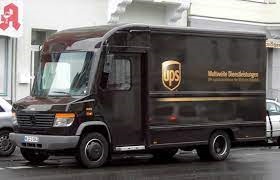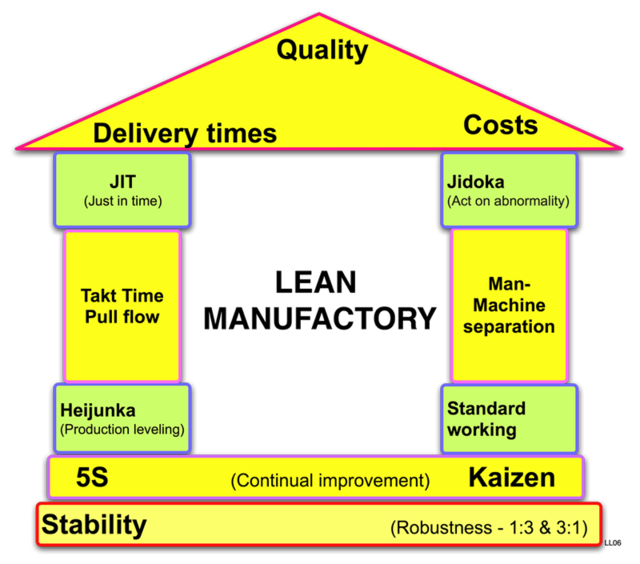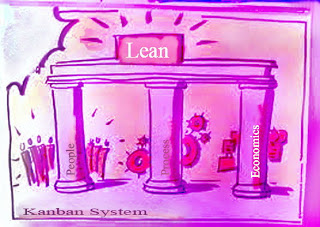Abstract
The American Messenger Company, founded in 1907, primarily focused on package delivery to retail stores and special delivery mail for the U.S. Post Office. In 1913, it acquired a Model T Ford as its first delivery vehicle. In 1919, the company expanded to Oakland, California, changing its name to United Parcel Service. UPS became one of the only companies in the United States to offer common carrier service, expanding to areas up to 125 miles outside the city. UPS faced direct competition with USPS and the Interstate Commerce Commission, but the common carrier service was applied in cities where UPS could use the service without the authority of the ICC and state commerce commissions. In 1953, UPS resumed air service called UPS Blue Label Air. UPS expanded its operations to serve all 48 contiguous states in the United States, Canada, and West Germany. In 1991, UPS relocated its headquarters to Sandy Springs, Georgia, and acquired Haulfast and Carryfast, rebranding them to UPS Supply Chain Solutions. UPS offers international package services to over 220 countries and territories worldwide. The company faces competition from major domestic carriers like the United States Postal Service (USPS) and FedEx, as well as regional carriers like OnTrac and LSO. UPS has partnered with the US Postal Service to offer UPS Mail Innovations and “SurePost,” which use the UPS Ground network to deliver packages weighing under 10 pounds to the nearest UPS Package Center. UPS has received a “striding” environmental scorecard and received the Clean Air Excellence Award from the US Environmental Protection Agency.
Keywords: Supply chain, UPS.
Introduction
In 1907, two teenage entrepreneurs created what would become the world’s largest package delivery service. Starting in a Seattle basement with a $100 loan, Claude Ryan and Jim Casey opened the American Messenger Company. UPS is a Fortune 500 company and one of the world’s largest shipping couriers. It specializes in ground shipping, retail, air shipping, and delivery to post offices. With annual revenues of around $85 billion in 2020, UPS is the largest courier company globally. Its main international hub, UPS Worldport, is the fifth busiest airport globally and the third busiest in the US.

A brief history of UPS, Inc.
The American Messenger Company was founded in 1907 by James E. Casey and Claude Ryan in Seattle, Washington. The company primarily focused on package delivery to retail stores and special delivery mail for the U.S. Post Office. In 1913, it acquired a Model T Ford as its first delivery vehicle. In 1916, Charlie Soderstrom joined Merchants Parcel Delivery, bringing more vehicles to the growing business. In 1919, the company expanded to Oakland, California, changing its name to United Parcel Service. UPS became one of the only companies in the United States to offer common carrier service, expanding to areas up to 125 miles outside the city. In 1930, consolidated service began in New York City and other major cities. UPS faced direct competition with USPS and the Interstate Commerce Commission, but the common carrier service was applied in cities where UPS could use the service without the authority of the ICC and state commerce commissions. In 1953, UPS resumed air service called UPS Blue Label Air, providing two-day service to major cities along the East Coast and West Coast.
UPS expanded and became a public company
UPS, expanded its operations to serve all 48 contiguous states in the United States. In 1975, it established operations in Canada, and in 1976, it established a domestic operation in West Germany. UPS Next Day Air Service was launched in 1985, and UPS Airlines was launched in 1988, becoming the 10th largest airline in the United States. In 1991, UPS relocated its headquarters to Sandy Springs, Georgia, and acquired Haulfast and Carryfast, rebranding them to UPS Supply Chain Solutions. UPS developed technologies to improve efficiency, such as the “Delivery Information Acquisition Device” (DIAD) to record and upload delivery information to the UPS network. In 1992, UPS began tracking ground shipments electronically, and UPS.com was launched in 1994. In 1995, UPS acquired SonicAir to compete with Choice Logistics, and in 1998, UPS Capital was established to enable companies to grow their businesses. In 1999, The UPS Store was rebranded as The UPS Store. In 1999, UPS became a public company in the largest initial public offering of the century.
UPS supply chain and freight
UPS offers international package services to over 220 countries and territories worldwide, including those outside the US. The company divides its services into Standard, Worldwide Expedited, Worldwide Saver, Worldwide Express, and Worldwide Express Plus. UPS-SCS, or UPS Supply Chain Solutions, includes forwarding and contract logistics operations, freight forwarding and distribution, customs brokerage, mail, and consulting services. UPS Freight, which offered less than truckload and truckload services in North America, was sold to TFI International in April 2021 and renamed TForce Freight.
UPS competitive area
UPS faces competition from major domestic carriers like the United States Postal Service (USPS) and FedEx, as well as regional carriers like OnTrac and LSO. UPS also competes with international operators like SF Express, Canada Post, TransForce, Deutsche Post, Royal Mail, Japan Post Service, and many regional carriers, national postal services, and air cargo handlers. Historically, UPS faced competition from inexpensive ground-based delivery services like Parcel Post (USPS) or Choice Logistics. In 1998, FedEx expanded into ground parcel delivery through its acquisition of RPS and DHL’s acquisition of Airborne Express. UPS partnered with the US Postal Service to offer UPS Mail Innovations, a program that allows UPS to pick up mail and packages weighing under one pound separately from the main ground network and transfer them to a USPS center or destination delivery unit (DDU) for final distribution. In response to the expansion of FedEx and DHL, UPS has partnered with the US Postal Service to offer UPS Mail Innovations and “SurePost,” which use the UPS Ground network to deliver packages weighing under 10 pounds to the nearest UPS Package Center. The rise of online shopping and environmental concerns has led to emerging competition from niche carriers or rebranded incumbents. UPS operates over 119,000 delivery vehicles worldwide, with a typical lifespan of 20-25 years or more.
Bikes and Cargo airlines
UPS Airlines, the fourth-largest cargo airline globally, has started hiring bicycle delivery personnel in Vancouver, Washington, and several cities in Oregon. In 2018, UPS announced a new program in Seattle, Washington using pedal-assist electric cargo bikes. UPS also uses Urban Arrow delivery bicycles in Amsterdam. The airline competes directly against FedEx Express and operates a fleet of over 260 aircraft. UPS Flight Forward, a subsidiary, was approved by the FAA for Part 135 Standard certification, allowing the company to operate unlimited drones of any size. UPS has faced criticism for its treatment of its workforce, including inadequate protections and sick leave during the COVID-19 pandemic. The company has also been subject to criticism for damaged, late, or mishandled packages. Safe streets activists have attacked UPS for illegally parking vehicles in bike lanes during deliveries, endangering cyclists.
Environment issues
UPS has 104,900 vehicles worldwide, including nearly 7,000 alternative fuel vehicles. In 2008, UPS ordered 200 hybrid electric vehicles and 300 compressed natural gas vehicles from Daimler Trucks North America. The company received a “striding” environmental scorecard and received the Clean Air Excellence Award from the US Environmental Protection Agency. In 2009, UPS became the first small-package carrier to offer customers carbon offsets to neutralize greenhouse gas emissions. UPS aims to reach net zero emissions by 2050.
Conclusion:
Same to other good companies in the business world, UPS is doing well in its global supply chain. Above mentioned discussion highlighted the condition in their supply chain management.
Reference:
- Taylor, Charlie (May 3, 2017). “Parcel Motel owner Nightline acquired by delivery firm UPS”. The Irish Times. Archived from the original on May 4, 2017. Retrieved August 7, 2018.
2.Niemann, Greg. Big Brown: The Untold Story of UPS. New York: John Wiley & Sons, 2007
3.https://youtu.be/3UmWwcSyR38
4.https://rumble.com/v3946wi-ups-supply-chain-management-a-case-study.html




